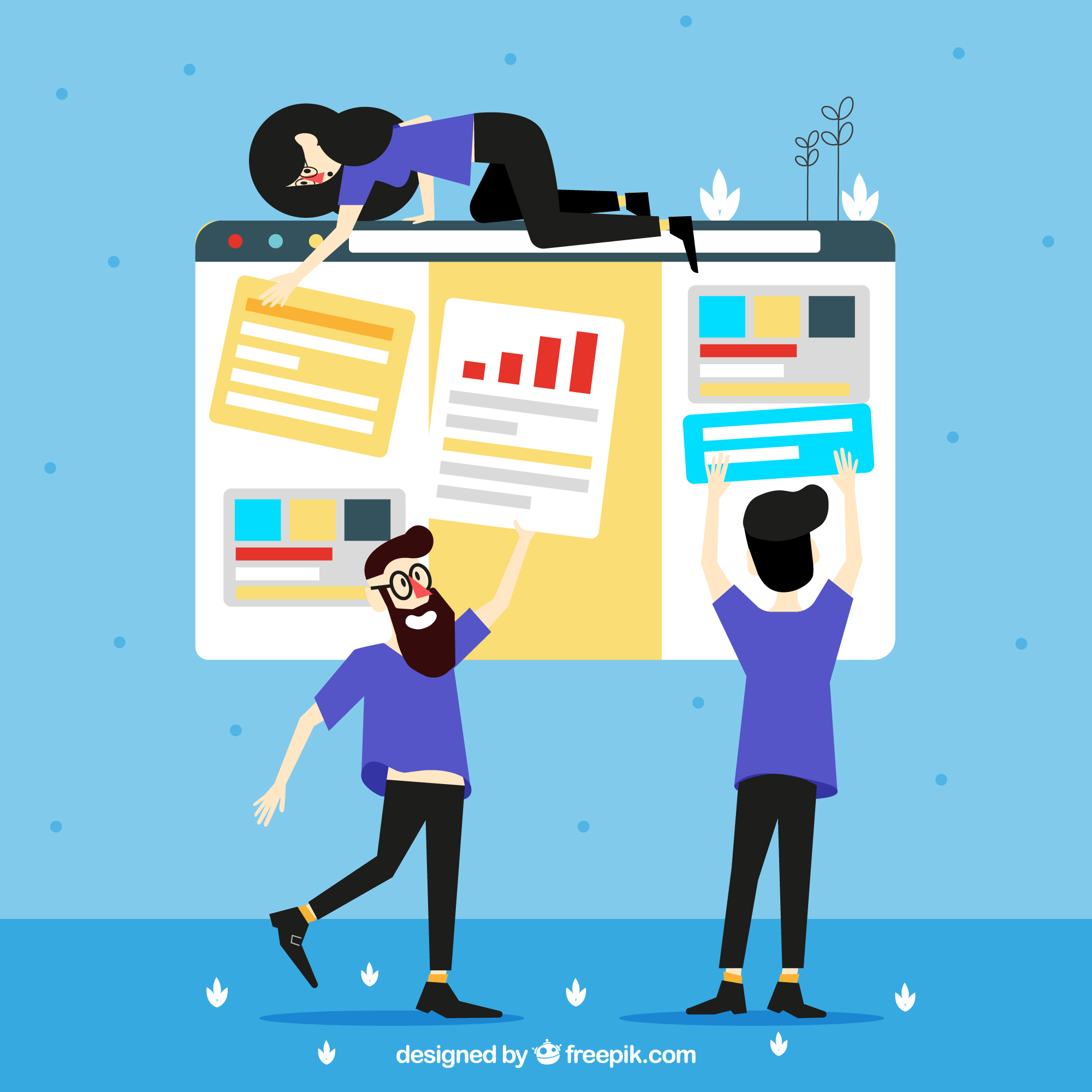As an AI language model, I do not have access to specific case studies, but I can provide some general examples of successful website design projects:
One memorable case study is the redesign of the Airbnb website. The company wanted to create a more streamlined and user-friendly experience for their customers, so they worked with a team of designers and developers to create a new website that was more visually appealing and easier to navigate.
The redesign involved simplifying the booking process, improving the search functionality, and optimizing the website for mobile devices. They also incorporated high-quality images and videos to showcase the unique features and benefits of each rental property.
The result was a website that was not only aesthetically pleasing but also highly functional and easy to use. The new design increased user engagement and led to a significant increase in bookings and revenue for the company.
Another successful case study is the redesign of the MailChimp website. MailChimp wanted to update their website to reflect their new branding and messaging, and to make it easier for their customers to understand their products and services.
The redesign involved simplifying the navigation, improving the visual hierarchy, and creating a more engaging user experience. They also incorporated high-quality images and illustrations to make the website more visually appealing and to convey their brand personality.
The result was a website that not only looked great but also provided a better user experience and improved conversion rates. The new design led to a significant increase in sign-ups and revenue for the company.
Overall, these case studies demonstrate the importance of creating a user-friendly and visually appealing website that aligns with a company’s brand and values. By working with a team of experienced designers and developers, businesses can create custom websites that meet their specific needs and goals, and ultimately lead to increased engagement and revenue.
